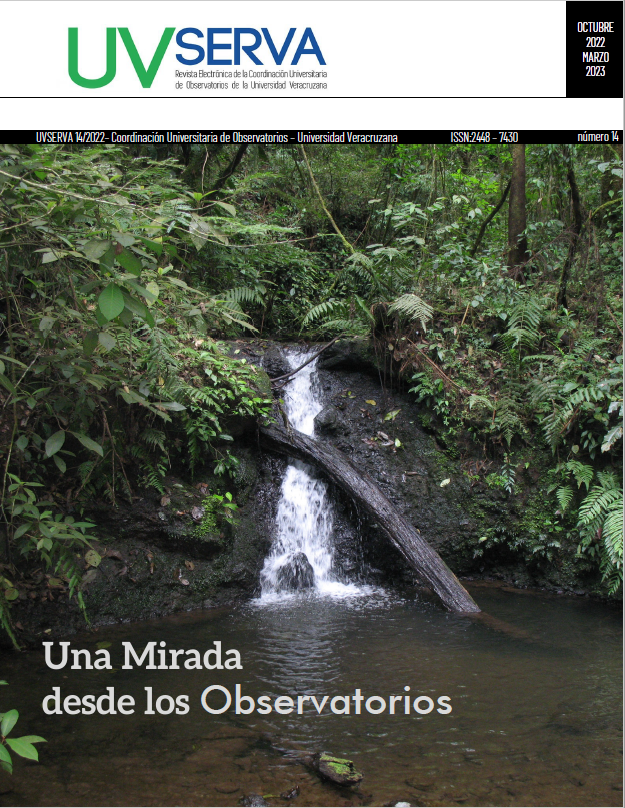Abstract
The monitoring of volcanoes, which show eruptive activity of any type, is very important in order to anticipate an imminent eruption and thus be able to notify the authorities in charge of protecting the potentially exposed population. However, dormant volcanoes should be monitored in the same way, albeit with less equipment. The reasons for this are multiple: 1) to know the activity of the dormant or resting volcano in order to be able to recognize possible changes that may indicate a reactivation 2) the record of "secondary" activity in between phases of activity, such as mass movement processes, such as mud or debris flows (lahars), landslides (rock falls), landslides, among others 3) create awareness in the population and in authorities that the "mountain" is an active volcano that can represent a hazard for the population in its vicinity during a reactivation and also at any time (inter-eruptive processes) 4) to have data (over years) that allow characterizing the volcano. The Seismological and Volcanological Observatory of Veracruz (OSV) is in the process of creating a semi-automated monitoring system for Pico de Orizaba volcano, with the support of CENAPRED, UNAM-Juriquilla, and other more experienced volcano observatories such as the Volcanological Observatory of the University of Colima and the Volcanological Monitoring Center and Seismological (CMVS).
References
Carrasco-Núñez, G. (1997). Lava flow growth inferred from morphometric parameters: a case study of Citlaltépetl volcano, Mexico. Geological Magazine, 134(2), 151-162.
Gilbert, J. (1997). Simkin, T. & Siebert, L. 1994. Volcanoes of the World, xi+ 349 pp. Tucson: Geoscience Press for the Smithsonian Institution. Geological Magazine, 134(1), 121-142.
Smith, J.G., Dehn, J., Hoblitt, R.P., LaHusen, R.G., Lowenstern, J.B., Moran, S.C., McClelland, L., McGee, K.A., Nathenson, M., Okubo, P.G., Pallister, J.S., Poland, M.P., Power, J.A., Schneider, D.J., and Sisson, T.W., 2009, Volcano monitoring, in Young, R., and Norby, L., Geological Monitoring: Boulder, Colorado, Geological Society of America, p. 273–305, 10.1130/2009.monitoring(12).
SSN (2022): Universidad Nacional Autónoma de México, Instituto de Geofísica, Servicio Sismológico Nacional, México. Dirección electrónica: http://www.ssn.unam.mx

This work is licensed under a Creative Commons Attribution-NonCommercial 4.0 International License.
Copyright (c) 2022 Silvano Ulices Que Salinas, Dra. Katrin Sieron, Francisco Córdoba Montiel, Rafael Torres-Orozco , Sergio Francisco Juárez Cerrillo, Óscar Castro-Artola, Raúl Arámbula

